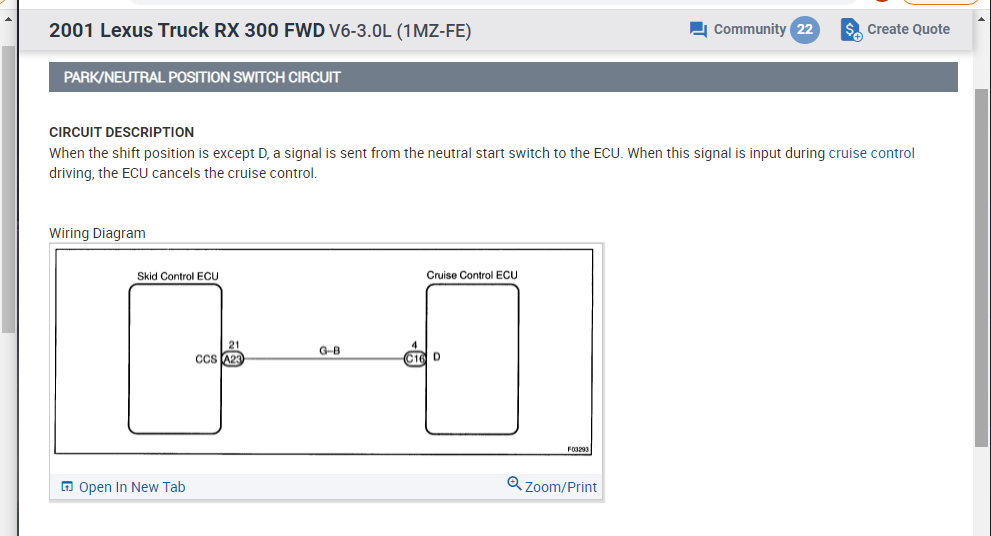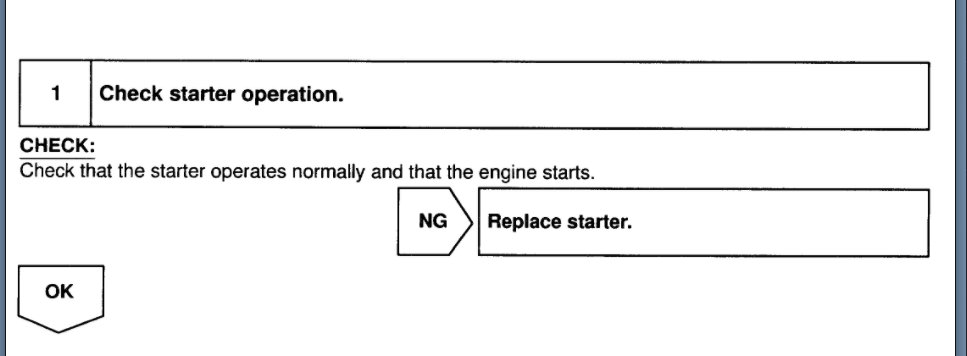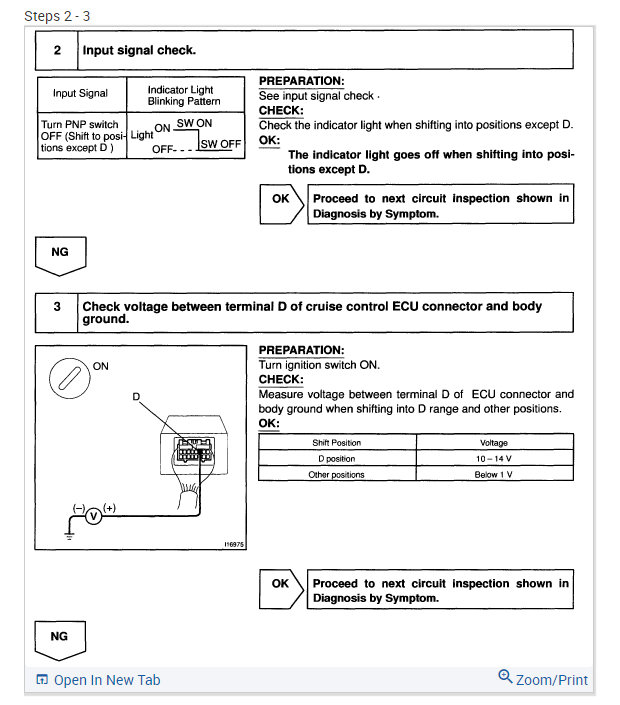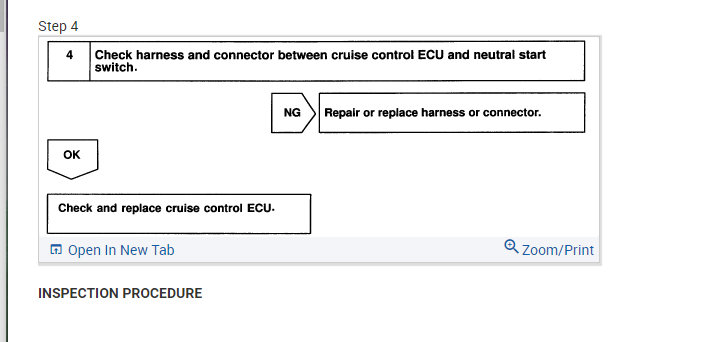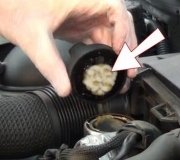If you have a misfire, that can be the cause of the low idle speed and stalling if the computer doesn't see it and respond fast enough.
Look at the "AIS steps" on your scanner. That is usually under "Sensor Data" even though the automatic idle speed motor isn't a sensor. It can also be called the "idle air control" valve. As it opens, it opens a passage around the throttle blade to let more air in. At the same time it increases the length of time it holds the injectors open. Those two things control idle speed. The computer can place that motor in one of 256 positions. For a properly-running engine, step 32 is typical. With a single cylinder misfire, you'll find it at around step 50. That valve has so much control, I saw a Chrysler trainer disable six cylinders on a V-8 Jeep, and it was able to maintain the correct idle speed on just those two remaining cylinders.
If you find the AIS on step "0", either the computer hasn't relearned minimum throttle yet, or it thinks the idle speed is too high and is trying to fully close the valve. It reduces the injector pulse width too to all the cylinders. A vacuum leak will cause a high idle speed, (without the corresponding increase in power), and that reduction in air AND fuel to all of the cylinders by the computer can result in an excessively lean condition and a lean misfire.
If you find the number much over about 32, it recognizes the idle speed is too low and is trying to correct that.
If one cylinder is responsible for the misfire, switch the spark plug and wire or coil with those from a different cylinder to see if the misfire moves to that new cylinder. You can also switch the fuel injector with one from another cylinder. If the misfire stays on the same cylinder all the time, that leaves compression as the problem, or something is wrong with the computer or wiring going to the coil or injector. Computer and wiring problems are the least common causes of a misfire, and a compression problem won't be intermittent.
When you can feel a misfire, that is because the rotational speed of the crankshaft slows down slightly during the missing power pulse. That change in rotational speed is what the computer detects and what sets the misfire fault code. Since it knows when that happens in relation to which plugs and injectors it's firing, it knows which cylinder is responsible. It just doesn't know why.
You can also look at the oxygen sensor readings to get some clues. If you see the right bank is always lean, suspect a misfire on the passenger side. If you also smell raw fuel at the tail pipe, suspect a spark problem. There's obviously plenty of fuel but the mixture is not being fired on one cylinder on that side. Oxygen sensors don't detect fuel, just oxygen, so a failure to burn the mixture in one cylinder will result in unburned oxygen being detected by the sensor and unburned fuel being smelled at the tail pipe.
Friday, November 23rd, 2012 AT 8:37 PM
